One of the best ways to get our students to learn and retain mathematics skills is to make learning fun. I have found that incorporating math games into instruction on a regular basis really gets students excited about learning while also helping them practice and improve.
If you teach first grades, you know how hands-on learning where they are more in control really helps them as well. This is yet another reason that adding more math games to your practice can prove to be a smart move.
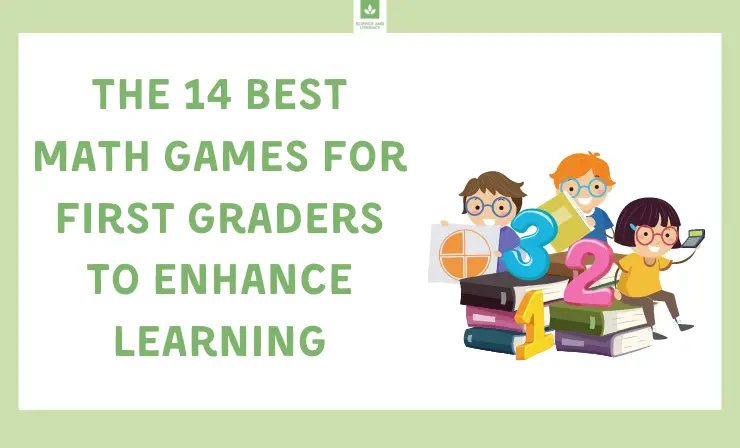
First grade is an important year in mathematics instruction. In kindergarten, students learned basic skills, but in first grade they’ll really start building on these skills and making connections.Some of the various skills first graders are expected to master include developing fluency with basic addition and subtraction facts to 20, adding and subtracting within 100, telling time to the hour and half hour, and understanding basic fractions. The math games I’ve highlighted will help students to practice all of these essential skills.
Continue reading, and I’ll help you learn:
- My favorite math games for first graders
- The role games can play in everyday mathematics
- The important math concepts first graders need to know
14 Math Games for First Graders
Let’s get right into my favorite math games for first graders. As you’re reading, think about which of these games sounds like the best fit for your students.
- I Spy →
- Place Value Party →
- Tic-Tac-Toe →
- Equal Parts →
- The Hour Hand →
- Roadblock: Addition Within 20 →
- Comparing Numbers with Uno Cards →
- Shape Names Crocodile Game →
- Subtraction from 1st Grade Math Compilation →
- Marble Math Junior →
- Splash Math →
- Making 10s and 1s with Tens Frames →
- Jeopardy Review Game →
- Parrot Roll and Color →
1. I Spy
You’ll Need
- Deck of playing cards
This math card game is ideal for helping students practice their basic facts. To play, layout all the number cards from a deck of card in a grid so that everyone can see the numbers. Then, tell students that you spy two cards that make the sum of X (choose any sum that is possible given the addends in the grid). The student should then look for two cards that have that sum, then it is their turn to tell you what sum they spy from adding any two cards together.
Once you have practiced this game a few times, you can even have pairs of students play it on their own. You can also differentiate the game to make it more challenging by using three addends to find the given sum or finding the difference of two of the cards.
This is also a good game for students to practice at home. Consider recording a game session to share with parents so they’ll see exactly how to play.
2. Place Value Party
You’ll Need
- Student laptops or tablets
- Headphones
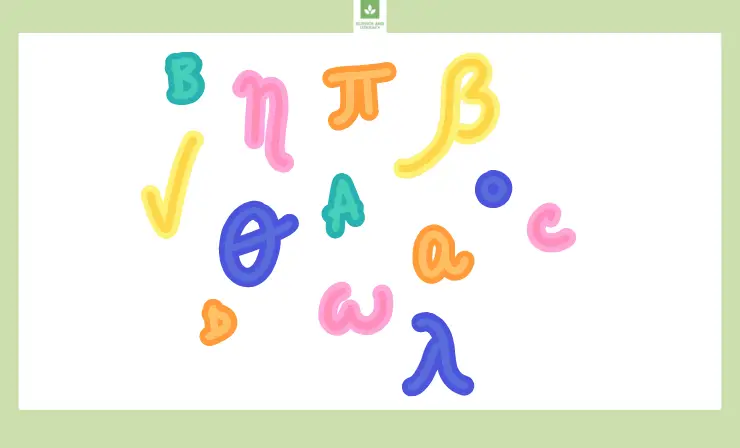
This math game is perfect for students who need practice with place value. You can choose to have students work on numbers up to 50, up to 99, or up to 999 depending on your objectives and the students’ readiness.During the game, a number will be shown using ones, tens, and hundreds blocks. Students will need to select the matching number from the grid and click on it.If they choose the right answer, a present pops up. You could even play this game during your whole group instruction on your interactive whiteboard a few times to get students ready to practice on their own.
3. Tic-Tac-Toe
You’ll Need
- Large tic-tac-toe board
- Digit cards 1-9
This version of tic-tac-toe will help students work on their mental math skills. The objective of the game is to be the one who places the 3rd number in a column, row, or diagonal that makes it add up to equal 15.There is really just one rule, which is that the person who goes first cannot place the 5 card in the center. This is because if 5 is in the center, then that first person will be able to make 15 right off the bat on their next turn, regardless of the card the other player chooses.
4. Equal Parts
You’ll Need
- Student laptops or tablets
- Headphones

This game would be good to use during a first-grade fractions unit. Students are show three images and must select all the images that are partitioned into equal pieces.If they choose all the correct answers, the screen flashes “Nice Work,” and if they make a mistake, it tells them to try again with a new problem. After they finish the set of problems, they can watch the video that will help further explain the concept to them.
You may want to have headphones handy for your students as they are playing this game, especially if they are going to listen to the video part at the end.
5. The Hour Hand
You’ll Need
- Student laptops or tablets
- Headphones
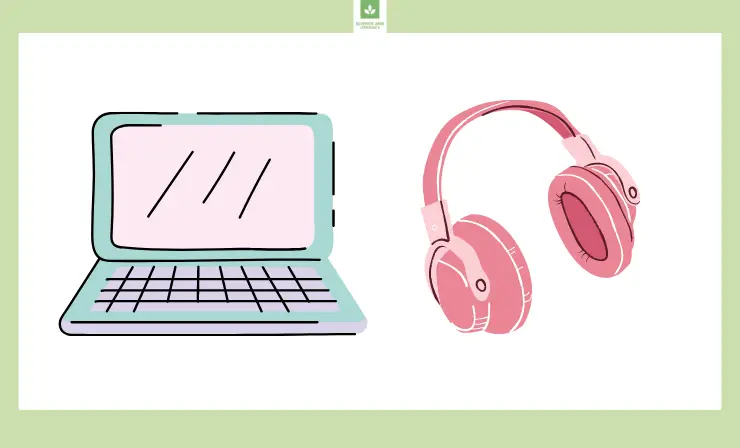
If you’ve just started your unit on telling time, students may need some additional practice distinguishing between the hour hand and the minute hand. For this game, they need to select which number the hour hand is pointing to.If they choose the right answer, they earn a gold coin, and if they are incorrect, the game displays the correct answer for them.
Other practice problems during the game have students select which clock shows the hour hand pointing to a specific number. If you have any difficulties with electronic devices these tips might help.
6. Roadblock: Addition Within 20
You’ll Need
- Student laptops or tablets
- Headphones
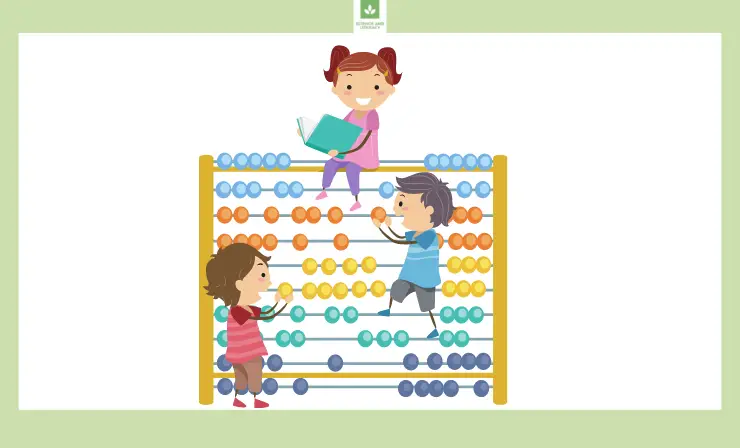
During this driving game, students will need to make 10 to help them solve addition problems within 20. The game features a car driving that comes upon various obstacles that can only be overcome when the students solve the addition problems.
This can be a good game for students to play on their own or with a partner. If playing with a partner, you can have students pause to share with their partner how they made a 10 for each problem.
7. Comparing Numbers with Uno Cards
You’ll Need
- Deck of Uno cards (with just number cards)
- Greater than/less than mat
- Brad
- Two thing paper rectangles
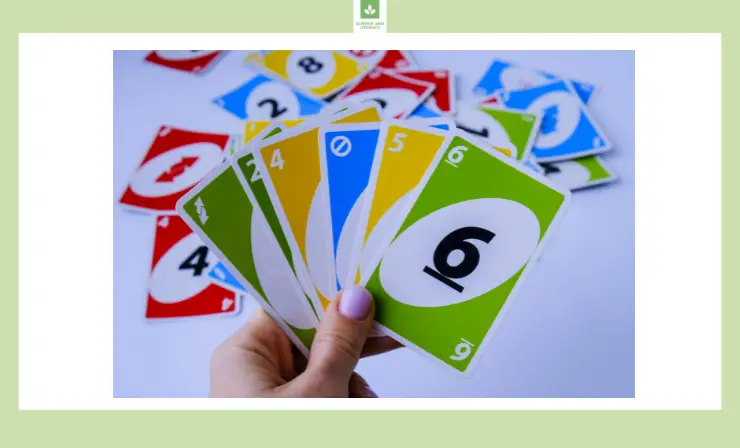
To prepare for this game, you’ll need to make a quick greater than/less than mat. For this, all you’ll need is a large rectangular mat with two spots for Uno cards on each end. In the center of the mat, use a brad and two small rectangular pieces of paper to make a greater than/less than sign that students can move to make each statement true.
Once set up, students should pick two cards from the Uno deck, and put one card on each side of their mat. They should then adjust the sign to show greater than or less than to make the statement true. You can also practice having students use math vocabulary by explaining how they know their comparison statement is correct.
8. Shape Names Crocodile Game
You’ll Need
- Student laptops or tablets
- Headphones
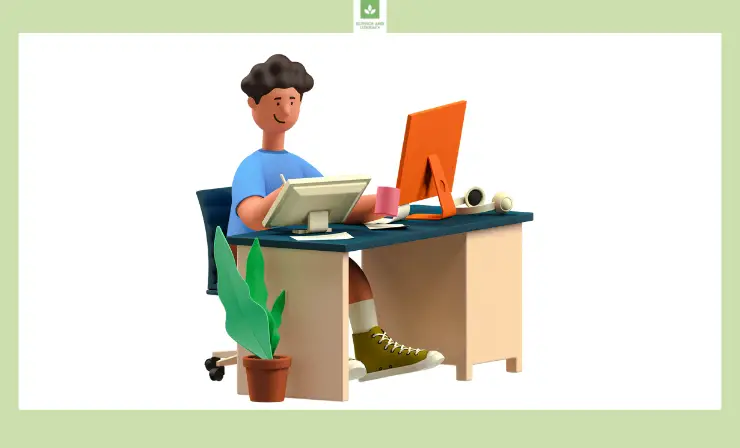
This virtual board game helps students practice the names of 2-D and 3-D shapes. Students will roll the die and advance that number of spaces on the board.For each space they land on, the computer will show them a picture of a 2-D or 3-D shape along with four name options. Students will need to click on the correct name.If they get the answer right, they stay where they are. If they make an incorrect guess, they go back a few spaces.
This game may be best played with a teacher or another adult because the shape names are written and there is not an option for the computer to read them to the children.
9. Subtraction from 1st Grade Math Compilation
You’ll Need
- Student laptops or tablets
- Headphones
This isn’t a game per se, but an interactive video that will engage students and help them practice different skills. The subtraction section of the video explains what subtraction is, how it works, and when you would use it.
It gives a concrete example that students will understand with a man who has 8 cowboy hats explaining that he wants to give some away to his friends and trying to determine how many he’d have left.
10. Marble Math Junior
You’ll Need
- Tablets
- Headphones

This game takes students through a marble maze. Throughout the maze, they’ll need to stop to solve different math word problems.The game will read the problems aloud if students desire; they’ll simply need to touch the words at the top of the screen. Students will also stay engaged as they earn special marble rewards for solving problems correctly.
11. Splash Math
You’ll Need
- Tablets or phones (Apple devices)
 ss
ss
Splash Math is a curriculum program designed to reinforce grade-level concepts that students are learning. In this app, which is available for iPhone or iPads there are a variety of different games focusing on various math concepts including addition, subtraction, shapes, and counting. If you don’t have Apple devices you can go through this list of apps .
The games are designed to automatically adjust the difficulty level based on the students’ performance, making this a good option for all the levels of learners in your class.
12. Making 10s and 1s with Tens Frames
You’ll Need
- Student laptops or tablets
- Headphones
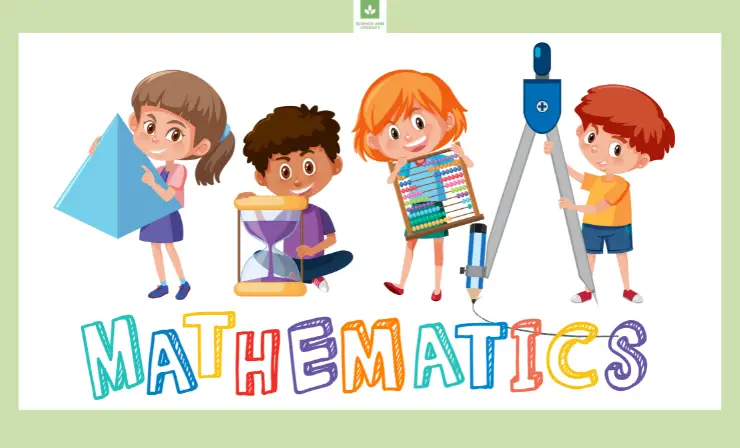
For this game, students will need to determine the missing addend to complete the equation. The computer displays one tens frame with some spaces covered in, one blank tens frame, and the total sum on the bottom of the page.Students need to fill in the blank tens frame to add enough ones to the first addend to equal the sum. If they get the correct answer, they hear a ding and move on to another problem, and if they choose incorrectly, they try the problem again.
13. Jeopardy Review Game
You’ll Need
- Interactive whiteboard/projector

This Jeopardy game is perfect for the end of the year to review the various concepts students have learned.It features five different categories: adding to 20, place value, time, 2-D shapes and 3-D shapes. Each category includes five different questions of different values.
You can choose to have students work independently to find the answers, or you may choose to put students into teams to compete to see who can find the answers the most quickly.
14. Parrot Roll and Color
You’ll Need
- Roll and Color Game Boards
- 2 dice
- Crayons/space markers
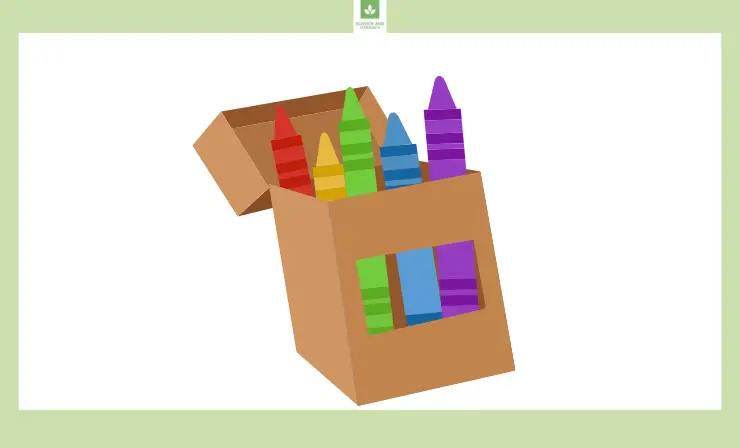
This is a fun game that students can play independently or with a partner. They will need to roll two dice and then add the two numbers together to find the sum.Students can then color in the number on the space they land on.Alternatively, you can play this as a “bump” game. Instead of coloring the space where they land, students can put a marker (such as a unifix cube).
If the other player rolls the same sum, they can bump the other player’s color off the space. If a student gets two of their colored markers over a particular number, they can no longer be bumped from that space.
The Role of Games in Everyday Mathematics
Making math fun for students will do more than get your students excited about learning. It will also help them deepen their understanding of math concepts.
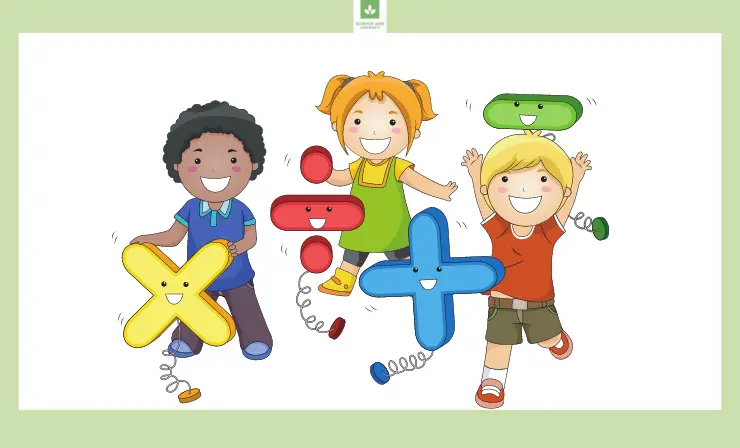
You can also have students practice using math vocabulary when they plan a game with a partner. Additionally, partner games will help enhance students’ cooperative learning skills.If you’re stuck on how to use games in your math classroom, don’t fret! There are a number of opportunities to incorporate games. Some of these include:
- Whole group games to review concepts (think about Bingo or Jeopardy)
- Partner games during centers
- Independent computer games during quiet work periods
- Small group games led by you to help keep students engaged and learning as they work with you on important skills
- Review games to revisit and practice previously-learned concepts
What Math Should a 1st Grader Know
First graders learn a lot of mathematics during their second year of formal education.
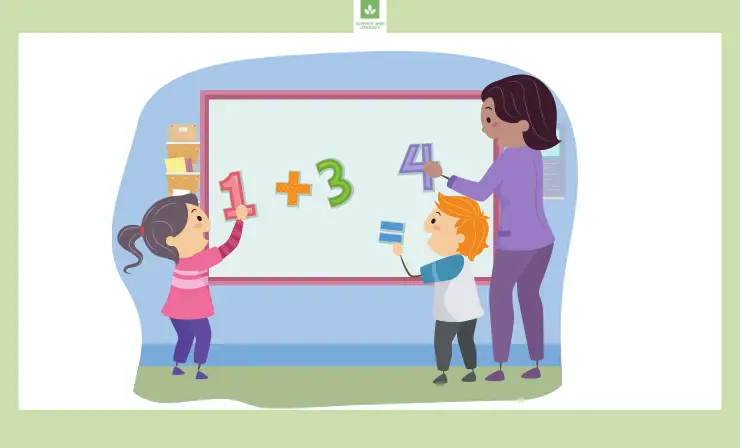
Below is a list of some of the most important concepts taught to first graders during math instruction:
- Addition and subtraction basic facts
- Inverse operations with addition and subtraction
- Adding 1- and 2-digit numbers within 100
- Writing and counting up to 120
- Partitioning wholes into equal shares (1/2, 1/3, and ¼).
- Telling time to the hour and half hour
- Measuring, comparing, and ordering object by length using both standard and non-standard units
Math games for first graders! #bunnyhop #makeaten #collaborate @LakevilleAreaPS @Launch_194 @LMECats pic.twitter.com/APvWIf4ZT8
— Theresa Mergens (@TMergens) June 28, 2017
Useful Resources
- 10 Free Math Apps for Students that Teachers
- 6 Awesome Songs to Teach Your Math Lessons
- 37 Quick & Easy Brain Breaks for Kids
- How to Use Interactive Display for Remote Teaching
Closing Words
Wow! Are you feeling excited to share some of these math games for first graders with your students? I think that you’ll be impressed with how engaged and excited your students are about learning, as well as how much playing these games helps them to learning and practice essential skills. Pick two or three of the games I shared to incorporate into your lesson plans this week!
- 14 Science Experiments for Middle School — Unlock the Wonders of The World in Your Classroom - February 18, 2023
- Top 11 Sound and Voice Amplifier Apps: Enhance Audio on Your Device with the Best Volume Boosters - January 26, 2023
- 7 Creative Valentine’s Day Poster Ideas to Make Your Space Feel More Festive - January 11, 2023

What is the hardest math game?
Playing with two or more people, you all get one list of numbers, of which the last is the Target. You all get two minutes to combine the list of numbers with mathematical operators to come as close as possible to the Target number.
(5–2)*7-(2*10) is 1, a good answer for 2,2,5,7,10,1.
As the list gets longer, the numbers get larger, and functions like square and cube roots, squares and cubes, logs and exponents get involved, the game gets very difficult.